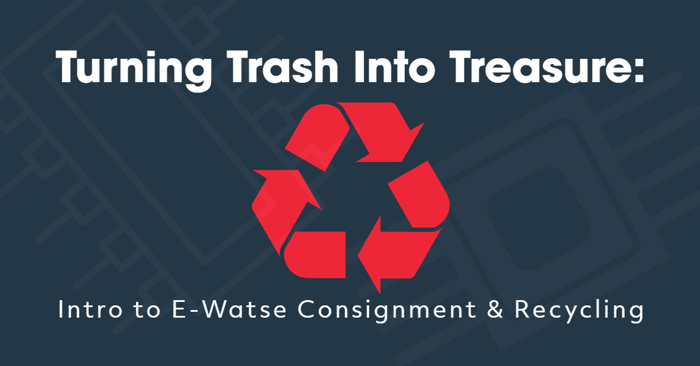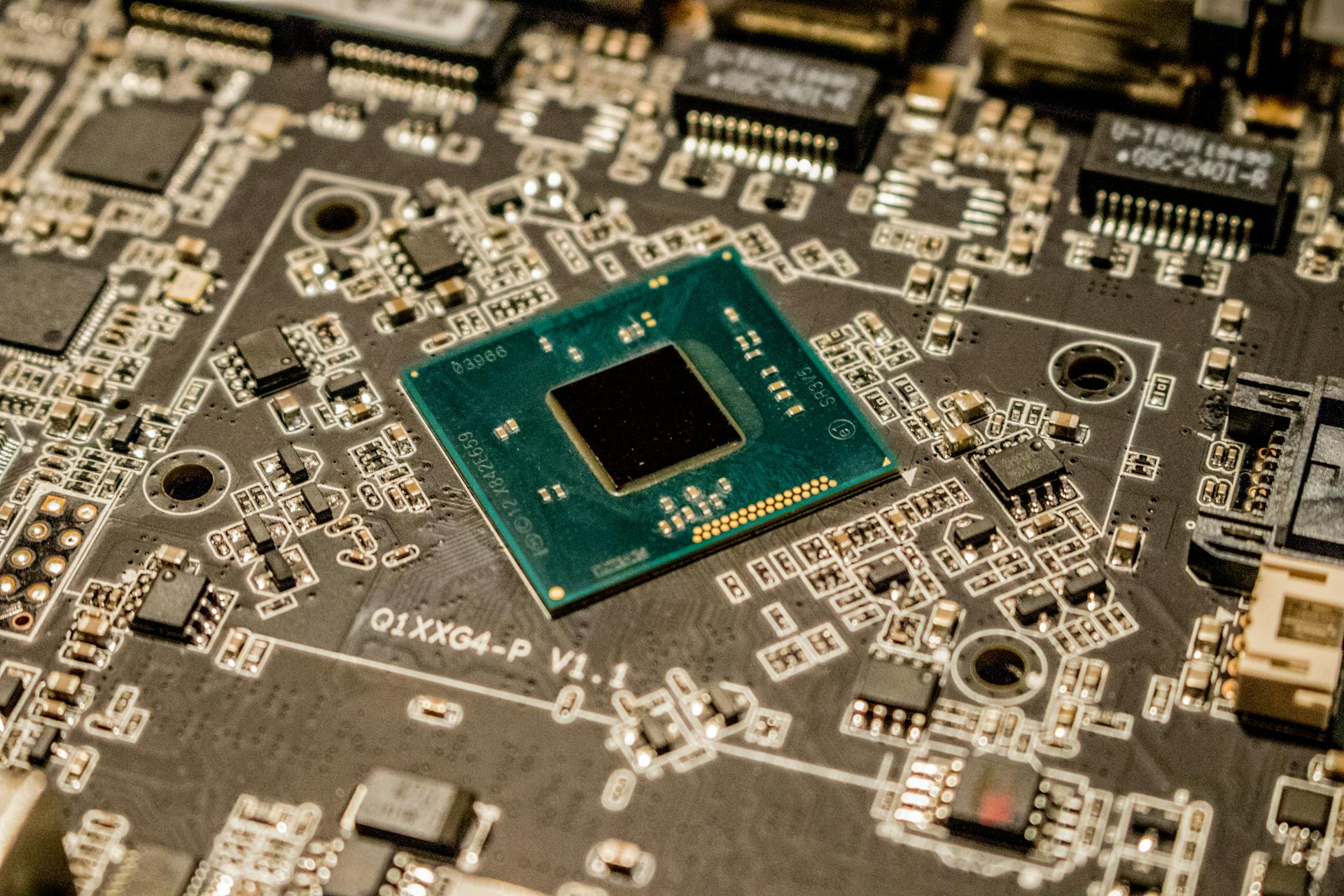It seems that technology and sophisticated electronic devices are taking over and integrating with everyday items from washing machines to forks. As more products come equipped for the IoT, electronic components, wires, batteries, and circuit boards stack up in consumers’ homes and on business’ inventory shelves. Technological obsolescence can sometimes render many of these devices useless and unprofitable—essentially trash, but more specifically, e-waste.
The Impact of E-Waste
The rapid advancement of technological devices has created a world-wide problem of e-waste. E-waste contains hazardous materials like heavy metals, chemicals, and plastics that can’t be processed by traditional waste management companies and could lead to environmental contamination and health issues. To make matters worse, the waste management companies that do process e-waste are sometimes working overcapacity and can’t keep up with the millions of pounds that are created year over year.
E-waste contributes to approximately 20 to 50 metric tons of waste per year. Although it accounts for about 2% of all waste in landfills, it creates about 70% of the total toxic waste. What’s more, electronic devices like smartphones contain precious metals like gold and silver. It’s estimated Americans throw out about $60 million worth of gold and silver a year due to e-waste.
The Role of Obsolescence in E-Waste Creation
As each new year rolls around and the big technology companies introduce the latest iterations of their devices, more e-waste is produced due to planned obsolescence. This impacts consumer and OEM/EMS businesses as well. New models of electronic devices have updates to the circuitry and micro components, leaving some parts taking up space in OEM/EMS’ inventories.
E-Waste Solutions
For consumers, bringing awareness on the growing problem of e-waste and educating the population on e-recycling solutions can help stem the problem of e-waste pollution. However, companies that have obsolete electronic products that are taking up space in their inventory need to look into solutions beyond e-recycling that can help these organizations recoup some of the cost of these parts.
Selling Excess Electronics
For OEM and EMS companies that have excess electronic components in their inventory, there are e-waste solutions available that can be profitable. Like the old saying goes, someone else's trash is another person’s treasure. Companies that have excess electronic components that they no longer have a use for could be sitting on a gold mine.
Selling or liquidating obsolete components to a distributor can help OEM/EMS companies recoup the cost of these components and clear up some space in their warehouses. For businesses looking for excess inventory management solutions, selling the excess inventory is an especially cost-effective option.
E-Waste Consignment
For companies looking for e-waste solutions that doesn’t involve liquidating their excess electronic components, e-waste consignment is an alternative option. Consignment differs from selling your excess inventory in a few different functions. When you consign your excess electronic components, you are in effect using a distributor to store and sell your inventory for you.
E-waste consignment is an excess inventory management solution that can generate extra cash and free up space in your company’s warehouse. Plus you can take advantage of your distributor’s marketing network to find buyers for these excess components that would otherwise take up space in a landfill or on your inventory shelves.
At Sensible Micro, we offer excess inventory solutions, and are looking to buy or consign your business’ surplus components. Our excess inventory management program ensures that you are making the most from your surplus electronic component inventory.
So, if you’re trying to contend with the mountains of e-waste piling up on your company’s inventory shelves, think about turning that trash into treasure. Click here if you’re interested in surplus liquidation solutions with Sensible Micro.



















